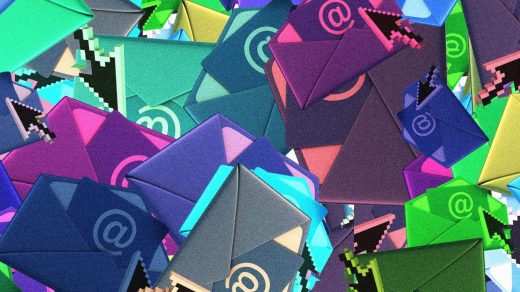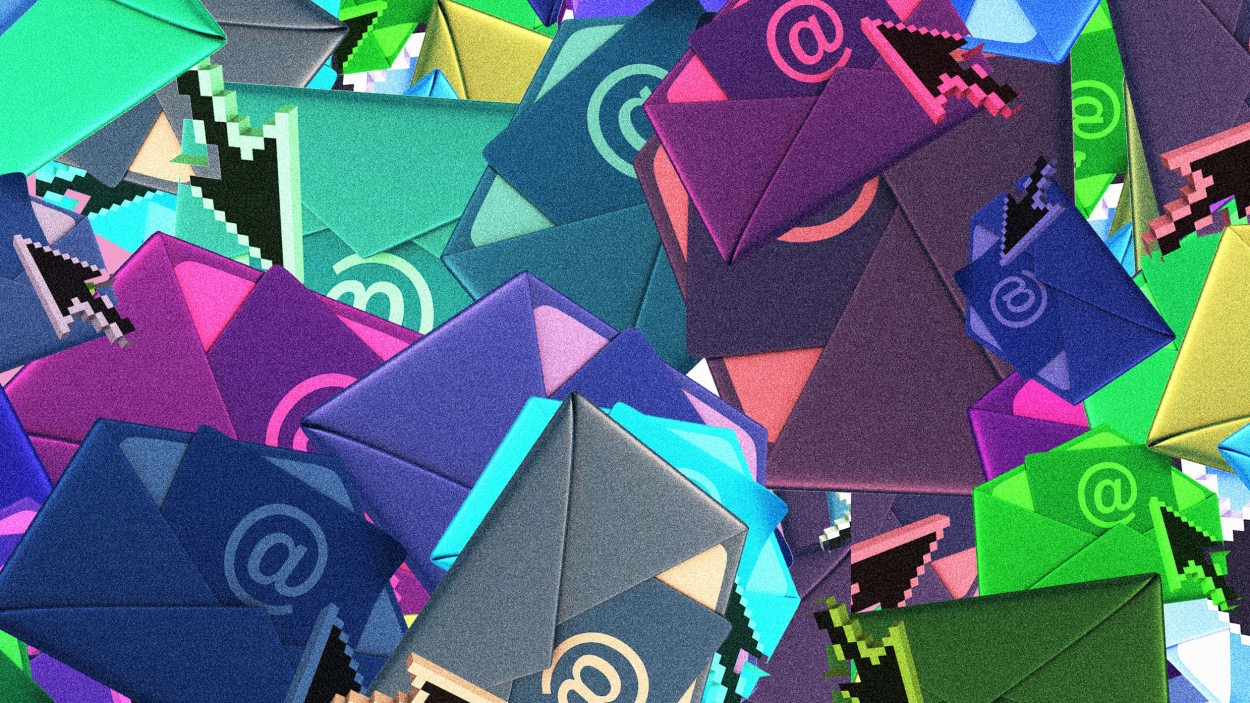These 6 tools can help reduce your inbox overload
This article is republished with permission from Wonder Tools, a newsletter that helps you discover the most useful sites and apps. Subscribe here.
Messiness comes in many forms. An unmade bed, dishes in the sink, a cluttered desktop . . . or an overwhelmed inbox.
Three hundred and fifty billion emails a day flood our digital mailboxes. Some require immediate attention. Many don’t. Coping effectively with the onslaught is crucial. Read on for tips and tools for streamlining your inbox.
Because I struggle with massive email pileups, I’ve adopted a workflow and tool kit to save me from drowning. I’m sharing in case they’ll help you too.
The 5D framework
I take 30 minutes three times a day for an email sprint. I pick from five actions:
Sprints over squirrels
What would you do with an extra hour?
Most modern email services have keyboard shortcuts crucial for efficiency. If you get 1,000 emails a week—which is common—you’ll save an hour each week by shaving four seconds off the time you spend on messages by quickening the completion of your actions. How? By using keyboard shortcuts that are much faster than moving your mouse to click a button or file something.
Speed up your email with keyboard shortcuts
Boomerang: handle email whenever you want
Tools complement tactics. To cope with email, sometimes you have to postpone messages until you’re ready to act. Boomerang helps, for instance, by adding a little button to your inbox so when you’re reading an email, you can quickly pick a time to have that message returned to your inbox.
MixMax: add useful features to Gmail
Mixmax is another useful Gmail add-on. Before I switched to Superhuman to read and respond to my Gmail more quickly, I used Mixmax daily. Mixmax has lots of free features. You don’t need a paid plan unless you want to use it for sales tracking or to send a sequence of emails to a large group.
FutureMe
Send a message to your future self or to someone else you love.
Shortwave
One of the most creative new email startups, Shortwave, designed its app expressly to make email more efficient. It works with your Gmail address on desktop, Android and iOS. The team moves quickly, launching new features and capabilities every month. Check out their smart method for email efficiency.
And below, let’s look at some premium services:
Followup.cc
Features: Designate emails you want to automatically resend if someone doesn’t write back after a few weeks.
Superhuman
I use Superhuman as my daily email tool now because it lets me move through messages more efficiently than Gmail. Note that Superhuman works with any Gmail address, so you don’t have to change your email address to use it. Here’s more on how I ended up using Superhuman.
My favorite feature: keyboard shortcuts that let me act on messages quickly. With a quick touch, I can defer any message until a future date or send a message later. I’m also looking forward to testing new AI features launching soon.
This article is republished with permission from Wonder Tools, a newsletter that helps you discover the most useful sites and apps. Subscribe here.
(15)



